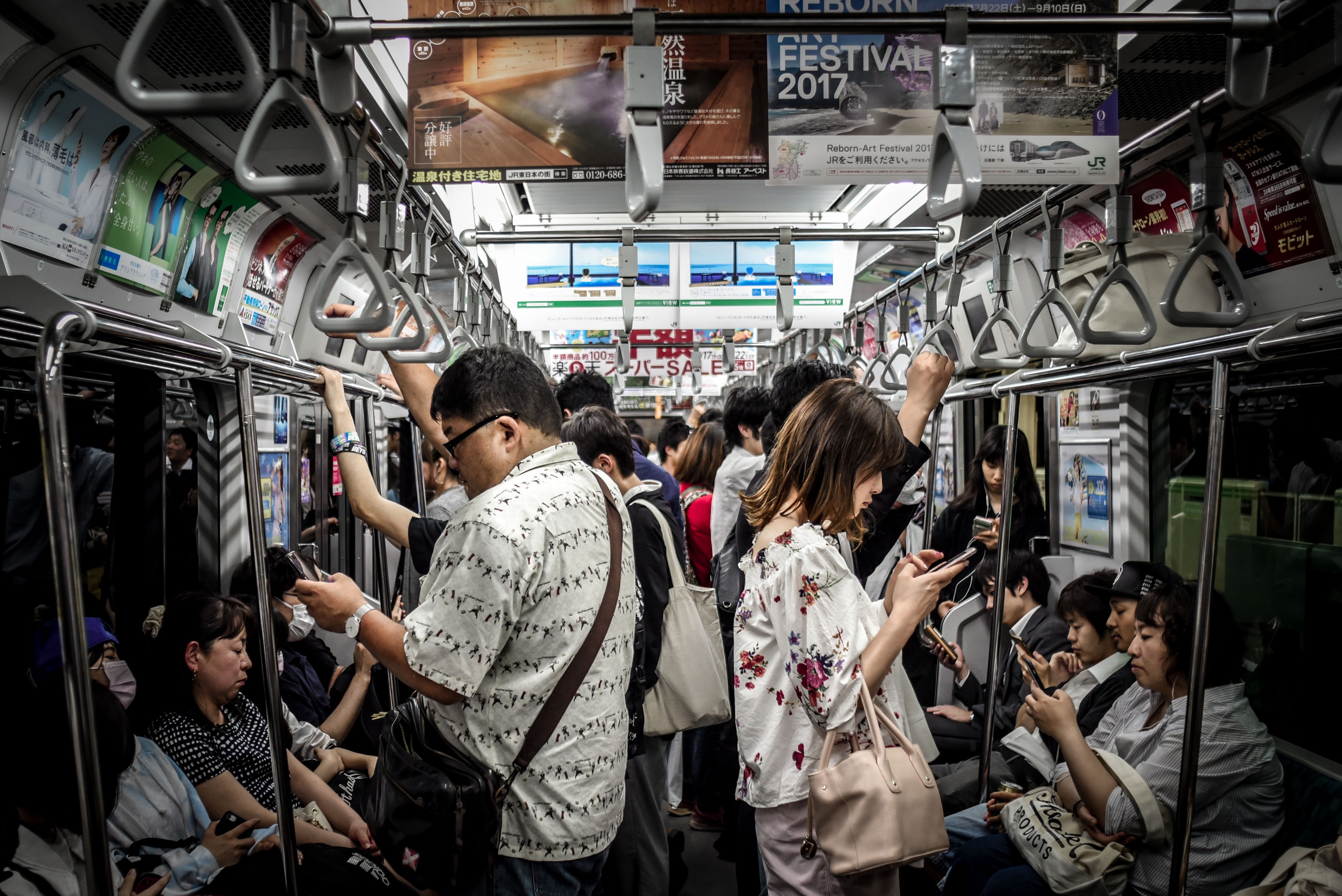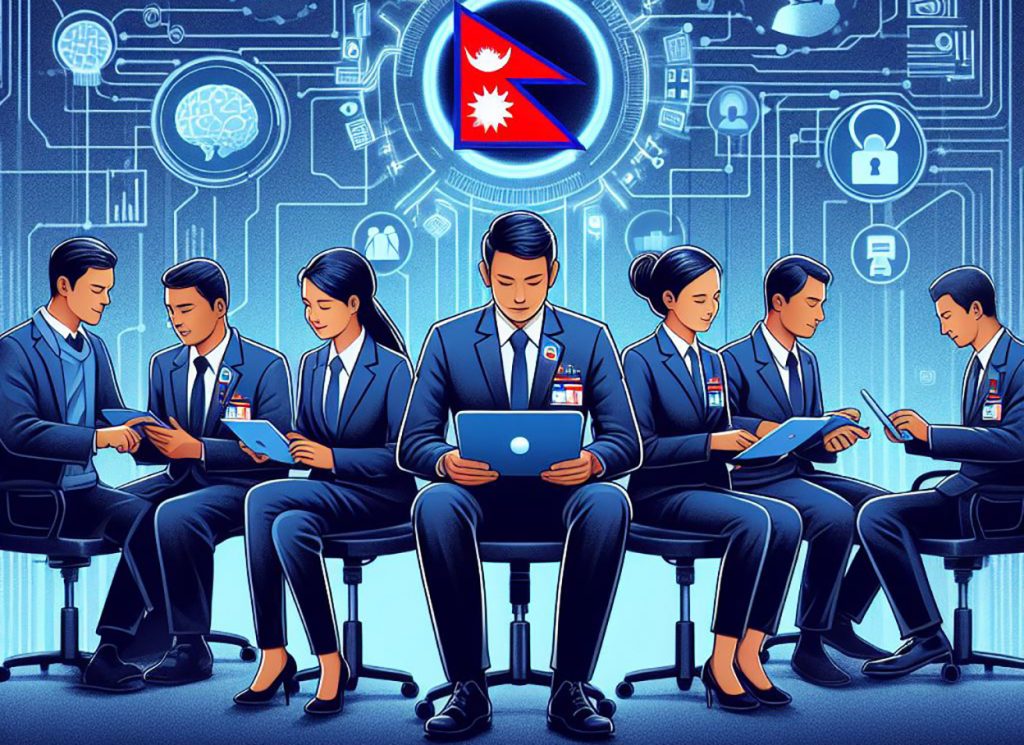
The law of shouting from the heights to give public notice to the villagers still prevails in some remote areas of the country. This practice is particularly prevalent in places where television, radio or telecommunications networks do not operate or where people are unable to use these networks due to low income levels or various other reasons.
On the other hand, people residing in urban areas are updated with all the second world news with instant access to the internet. They make instant comments and express their opinions on current affairs through social media. The activities of the government and political leaders are monitored by the public at any time and from anywhere.
This means that there is a segmentation of people based on their access to or use of networks and devices. This gap between people who have access to modern ICT and those who cannot is known as the digital divide.
The digital divide is due to unequal access to and use of information and resources available in the modern digital world. The three main causes of the digital divide are inequality in development and access to network infrastructure, inequality in levels of digital knowledge and awareness, and inequality in income levels.
Some people have sufficient access to networks, but lack the proper knowledge and skills to use modern tools and technologies. Likewise, some people cannot afford these technologies due to their low income levels.
Digital transformation

In the modern era, due to advances in information and communication technology, the traditional method of marketing, payment and settlement has changed radically. Goods and services are bought and sold online, payments have become cashless, and economic activities are gradually digitized so that the regular economy turns into a digital economy.
The term digital economy refers to the use of information technology to create, adapt, market, or consume goods and services. Digital innovations include digital banking, e-commerce, virtual education, smartphone applications and collaboration platforms.
According to American economist and statistician Thomas Meisenburg in his 2001 research paper, there are three components that distinguish the digital economy from the regular economy as follows:
1. Infrastructure: Companies have software, hardware, and other technological resources, as well as specialized human talent.
2. E-business: Computer applications, online tools and digital platforms help in carrying out business processes.
3. E-commerce: A familiar concept, e-commerce means selling goods and services over the Internet.
Nepal situation

According to the latest Nepal Telecommunications Authority (NTA) report, the penetration rate of fixed broadband and mobile broadband on subscription basis is 42.37 percent and 95.30 respectively. This shows a significant increase in broadband subscriptions in subsequent years.
As a positive impact of Covid-19, access to and use of digital banking has escalated dramatically. According to the mid-December 2023 report of Nepal Rastra Bank (NRB), the number of mobile banking customers is 22,624 million, the number of online banking customers is 17,886 million, and the number of wallet users is 20,827 million. Comparing the data to previous years, the percentage increase is 14.45 percent, one percent, and 34.35 percent, respectively. The number of transactions has also increased significantly compared to previous years.
The overall literacy rate in Nepal is 76.3 percent. According to the NRB survey, the financial literacy rate is 57.9 percent, and research has shown that the digital literacy rate is about 31 percent. Moreover, Nepal's Cyber Police Bureau says the country has seen a sharp rise in cybercrime cases in recent years.
According to the Economic Survey 2022/23, 15.1 percent of Nepal's population lives below the poverty line – meaning this population lives on less than US$1.90 PPP per day. For this population, access to the Internet, smartphones, computers, and other digital gadgets and technologies is just a daydream.
Nepal scored 0.5117 out of 1, and currently ranks 125th out of 193 member countries listed in the United Nations (UN) E-Government Development Index (EGDI), which evaluates national websites and the effectiveness of e-government policies. And strategies for providing basic services to member states. Likewise, the e-participation index stands at 0.2386 which places the country at 143. All these facts and figures show the country’s hoped-for but poor performance towards digital transformation.
Challenges

Despite the lack of adequate supportive policies and regulatory provisions, the digital transformation of the Nepalese economy appears to be moving strongly forward with enthusiasm.
Digital initiatives from the private sector are now gradually expanding towards government agencies. The increasing number of e-commerce platforms, digital payment methods and people's eagerness to use such applications shows a very positive signal for the digital transformation of the Nepalese economy.
However, ambiguous policy, weak regulatory provisions, digital divide, poor network infrastructure, low level of digital literacy, high cost of internet, data privacy and security concerns etc. present challenges. Among this digital divide is the major challenging factor for exploring the digital economy in Nepal.
Due to the digital divide, government offices were unable to fully implement the provision of their services via digital platforms, which is a prerequisite for strengthening the digital economy.
Then, people are reluctant to adopt new technology due to inadequate education and literacy programmes. People still prefer cash payment while following traditional customs and rituals, for example, a huge demand for new banknotes can be seen during the Dashain festival of Dakshina.
Ironically, it has been observed that people pay revenue online but the vouchers have to be verified by visiting the bank and stamped there. Likewise, a document like a car bill book can be renewed via the digital wallet but the paper copy must be stamped by visiting the corresponding office. Also, there are offices that cannot provide free WiFi but advertise service recipients to submit each document via the online platform.
The way forward
The government must formulate clear policies regarding the digital divide. Programs such as “Internet for All” should be implemented through massive investment in developing and expanding network infrastructure.
Domestic trade should be linked to international trade thus promoting international e-commerce which includes export of local goods and services through a simplified international payment gateway arrangement.
The quality of Internet service should be guaranteed with adequate legal provisions. Proper monitoring of Internet Service Providers (ISPs) and compensation to customers for failure to meet standards by ISPs should be ensured.
Digital literacy programs should be launched on a large scale in digitally backward regions and communities. Educational institutions, social organizations and the media can play crucial roles in providing education and raising awareness of digital issues, tools and technologies.
The private sector should continue to invest in digital technologies, including startups and e-commerce companies. It should offer products and services that meet the diverse needs of the population.
By promoting digital banking services and facilities, banks and financial institutions can play a vital role in the digital transformation of the economy. Financial access and inclusion can be enhanced through reliable and secure digital banking products for small financial institutions.
Apart from the above, regulatory bodies like NTA and NRB must formulate well-defined supportive policies to reduce the gap between people who have access to digital services and facilities and those who do not, promote the digital economy and thus balance the interests between the private sector and the private sector. Consumers.
This means that the government, regulators, service providers, the general public and all stakeholders must work hand in hand to reduce the digital divide and explore the digital economy across the country.

